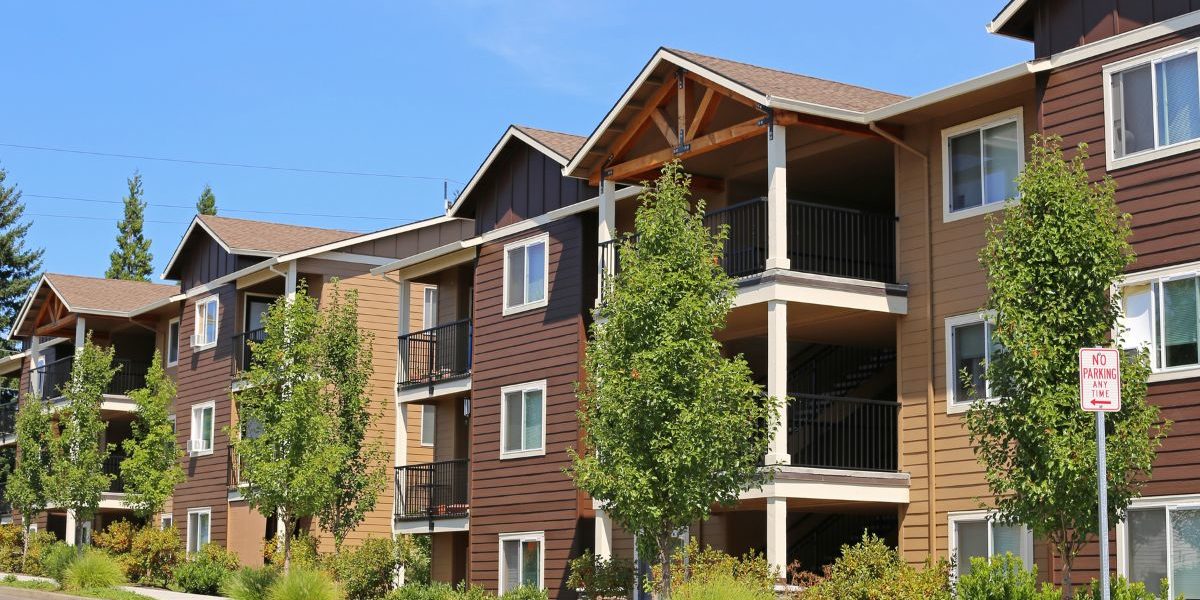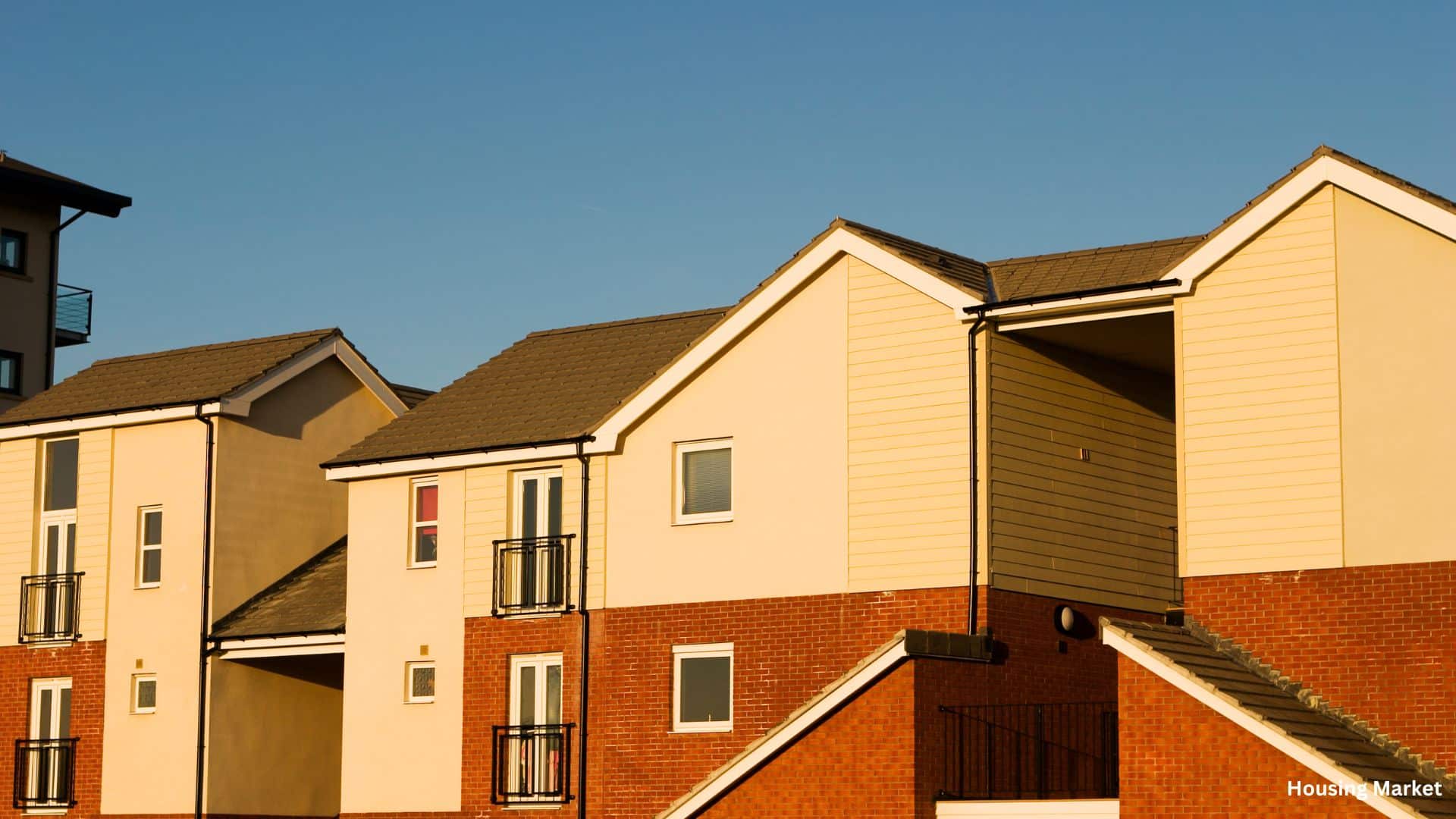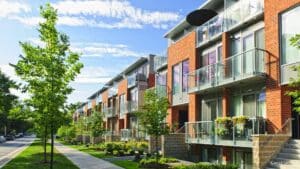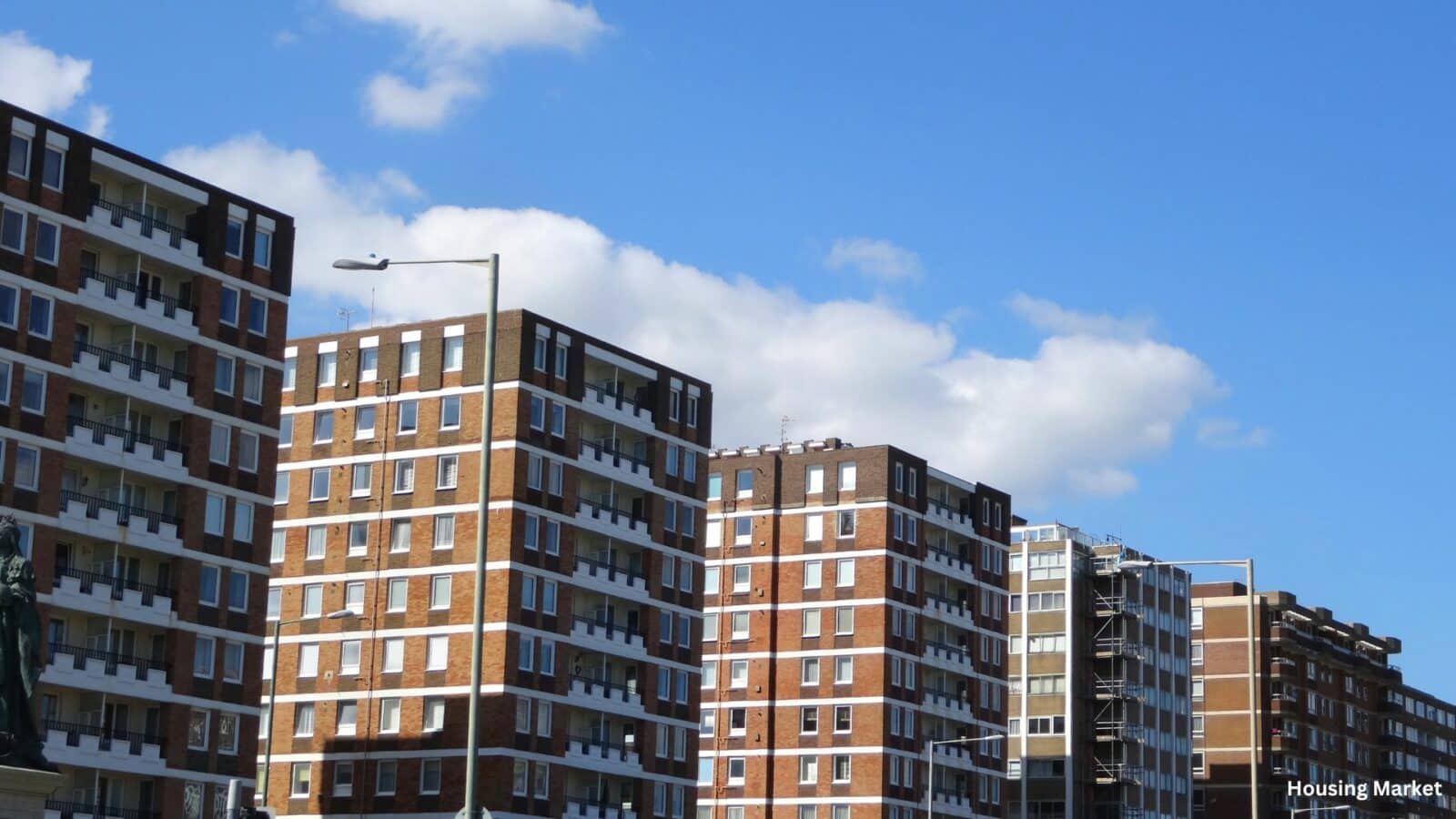Affordable housing is a critical issue that frequently arises in discussions about urban development and housing policies. Defined by the U.S. Department of Housing and Urban Development (HUD) as housing that costs no more than 30% of a household’s gross income, affordable housing is essential for low- and moderate-income families. As home prices and rents continue to rise, understanding affordable housing—its definition, significance, and the challenges associated with it—becomes increasingly important.

The Importance of Affordable Housing
Affordable housing is crucial for ensuring that all families have access to safe, decent, and stable housing. Without it, families may be forced to live in substandard conditions, move frequently, or become homeless. Affordable housing also supports economic diversity in communities, allowing people from various income levels to live in the same neighborhoods, promoting social cohesion and economic stability.
Types of Affordable Housing
There are several types of affordable housing, each designed to meet different needs:
Public Housing

Managed by local housing authorities, public housing provides rental units to low-income families, the elderly, and people with disabilities.
Section 8 Housing

This program offers vouchers that help low-income families pay for housing in the private market.
Non-Profit Housing
Developed and managed by non-profit organizations, these units provide affordable rental options to low- and moderate-income households.
Inclusionary Zoning
Requires developers to include a certain percentage of affordable units in new or rehabilitated residential projects.
How Affordable Housing is Funded
Funding for affordable housing typically comes from a mix of federal, state, and local sources. Key funding mechanisms include:
- Low-Income Housing Tax Credits (LIHTC): Provides tax incentives to developers for building affordable housing.
- Community Development Block Grants (CDBG): Federal grants given to cities and states to support affordable housing and other community development activities.
- HOME Investment Partnerships Program: Provides grants to states and localities to fund a wide range of activities, including building, buying, and rehabilitating affordable housing for rent or homeownership.
Challenges in Developing Affordable Housing
Despite the significant need, developing affordable housing faces several challenges:
- High Land and Construction Costs: Urban areas often have high land prices and construction costs, making it difficult to build affordable units.
- Financing Complexity: Affordable housing projects typically require multiple funding sources, which can complicate the development process.
- Regulatory Barriers: Zoning laws and other regulations can limit the availability of land for affordable housing.
- Community Opposition: Sometimes referred to as NIMBYism (Not In My Backyard), opposition from local residents can hinder affordable housing projects.
Role of Non-Profit Organizations in Affordable Housing
Non-profit organizations play a critical role in the development, preservation, and management of affordable housing in the United States. Their contributions extend beyond just providing housing; they also offer a range of services and support that help stabilize communities and improve the quality of life for residents. Here’s a closer look at their contributions and some innovative projects led by non-profits.
Contributions of Non-Profit Organizations to Affordable Housing
Development and Rehabilitation
Non-profits like Mercy Housing and Habitat for Humanity are involved in the construction of new affordable housing units as well as the rehabilitation of existing ones. These organizations focus on creating safe, decent, and affordable housing for low-income families, seniors, and individuals with special needs. Mercy Housing, for example, engages in both new construction and the renovation of existing properties to ensure they meet modern standards and can serve residents effectively.
Community Development and Support Services
Non-profits often provide comprehensive community support services, which can include health and wellness programs, after-school activities, financial stability workshops, and housing stability services. These services help residents maintain their housing and improve their overall well-being. For instance, Mercy Housing integrates resident services into their housing communities to support tenants in various aspects of their lives.
Policy Advocacy
Organizations like Habitat for Humanity not only build homes but also advocate for policies that increase access to affordable housing. Their Cost of Home campaign, launched in 2019, aims to improve housing affordability for millions through policy changes at local, state, and federal levels. This advocacy work helps create a more favorable environment for affordable housing development and ensures that more families can secure stable housing.
Public-Private Partnerships
Non-profits often engage in partnerships with local governments and private entities to leverage resources and expertise. These partnerships can reduce costs and increase the impact of affordable housing projects. For example, collaborations between non-profits and local governments can revitalize neighborhoods and maintain existing housing stock at lower costs compared to new construction.
Innovative Non-Profit-Led Housing Projects
Savannah Gardens by Mercy Housing

Savannah Gardens is a redevelopment project in Savannah, Georgia, led by Mercy Housing. This project transformed a deteriorated public housing site into a vibrant, mixed-income community. The development includes affordable rental units, green spaces, and community centers, demonstrating how non-profits can create holistic community environments that support residents’ needs.
Habitat for Humanity’s Aging in Place Program

Recognizing the need for seniors to live independently in their homes for as long as possible, Habitat for Humanity’s Aging in Place program provides critical home repairs and modifications. This program ensures that elderly residents can stay in their homes safely and comfortably, reducing the need for institutional care and improving quality of life.
Community Land Trusts (CLTs)
Non-profits also innovate through Community Land Trusts, which separate the ownership of land and housing. This model helps keep homes affordable in perpetuity by preventing market pressures from driving up prices. CLTs are particularly effective in areas experiencing rapid gentrification, as they help maintain affordable housing options for low-income residents.
Non-profit organizations are essential in addressing the affordable housing crisis. Their ability to blend development, community services, and policy advocacy enables them to create sustainable, supportive housing solutions that benefit low-income populations. Through innovative projects and strategic partnerships, non-profits continue to make significant strides in expanding affordable housing options across the United States.
Technology and Innovation in Affordable Housing
Innovations in construction and smart home technologies are transforming the landscape of affordable housing. Here’s a closer look at how these advancements are making affordable housing more efficient, sustainable, and accessible.
Innovative Construction Methods
1. Modular Homes
Modular construction involves building sections of a home in a factory setting before transporting them to the construction site for assembly. This method significantly reduces construction time and costs while maintaining high quality. Companies like Simple Homes and Azure Printed Homes are leading the way in utilizing modular construction to provide affordable housing solutions efficiently.

2. 3D Printing
3D printing is revolutionizing affordable housing by allowing for rapid construction of homes at a fraction of the traditional cost. Icon, a pioneer in 3D-printed homes, has partnered with homebuilder Lennar to develop a 100-house project in Austin, Texas. This innovative approach reduces both construction time and material waste. Icon’s homes are built using a proprietary concrete mixture, providing durable and resilient housing options.

Smart Home Technologies and Energy-Efficient Solutions
1. Smart Home Technologies
Smart home technologies are increasingly being integrated into affordable housing to enhance living conditions and reduce utility costs. These technologies include smart thermostats, lighting systems, and security features that can be controlled remotely via smartphones. These advancements not only improve the quality of life for residents but also contribute to energy savings and cost reductions.
2. Energy-Efficient Solutions
Incorporating energy-efficient designs and technologies is essential for sustainable affordable housing. Innovations such as solar panels, high-efficiency HVAC systems, and advanced insulation materials help reduce energy consumption and lower utility bills for residents. The Housing Innovation Showcase by HUD highlights various energy-efficient solutions that can be adopted in affordable housing projects, showcasing full-sized prototypes and cutting-edge building technologies.
3. Net-Zero Energy Homes
Net-zero energy homes, which produce as much energy as they consume, are becoming more prevalent in affordable housing. These homes utilize a combination of renewable energy sources, such as solar power, and energy-efficient technologies to achieve a balance of energy consumption and production. Projects highlighted at the Housing Innovation Summit demonstrate how net-zero energy designs can be implemented in affordable housing, making it both sustainable and cost-effective.
The Future of Affordable Housing
As the demand for affordable housing grows, innovative solutions are being explored. These include modular construction, adaptive reuse of existing buildings, and public-private partnerships. Additionally, policies that promote housing affordability, such as rent control and increased funding for housing subsidies, are crucial for addressing the housing crisis.

Affordable housing is essential for creating inclusive, stable, and economically diverse communities. Understanding what affordable housing is, how it is funded, and the challenges involved in its development can help policymakers, developers, and communities work together to ensure that everyone has access to safe and affordable homes.
Related posts:
 Will Home Prices Drop in 2024?
Will Home Prices Drop in 2024?
 Easiest Housing Markets: 10 Places Where Homebuyers Have the Upper Hand
Easiest Housing Markets: 10 Places Where Homebuyers Have the Upper Hand
 New Kamala Harris Campaign Ad Highlights Housing and Inflation Plans
New Kamala Harris Campaign Ad Highlights Housing and Inflation Plans
 Key Considerations for Climate-Conscious Homebuyers for a Sustainable Future
Key Considerations for Climate-Conscious Homebuyers for a Sustainable Future
 Arizona Real Estate Market Crash: What to Expect Before the End of 2024
Arizona Real Estate Market Crash: What to Expect Before the End of 2024



